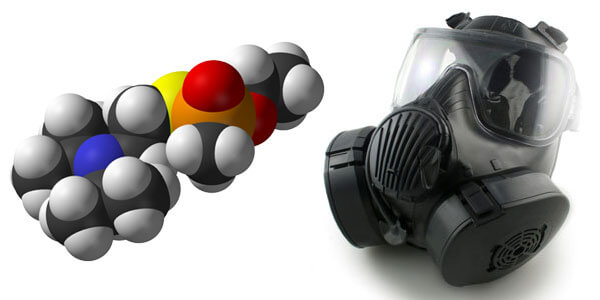
Chemical warfare agents (CWAs) and their respective simulants were analysed using Markes’ tube-based systems. The study included the use of both 89-mm (3.5-inch) standard tubes and 114-mm (4.5-inch) depot area air monitoring systems (DAAMS) tubes, desorbed using standard- or DAAMSconfigured automated thermal desorbers, respectively, connected to gas chromatography–mass spectrometry (GC–MS) or gas chromatography–mass spectrometry–flame photometric detection (GC–MS–FPD) instruments.
Two recent TD innovations were evaluated – enhanced internal standard addition and multi-tube trap stacking – to explore what advantages they offered for monitoring CWAs at ultra-trace levels.
CWAs remain among the most toxic chemicals known to humans. Many are volatile or semi-volatile organic compounds (VOCs/SVOCs) compatible with GC analysis, for example the nerve agents VX, sarin (GB), cyclosarin (GF), soman (GD) and Russian VX (R-VX), the blister agent mustard gas and the tear gases chlorobenzylidenemalononitrile (CS) and chloropicrin (PS), which are sometimes deployed to disperse crowds during riots.
Trace-level monitoring of CW agents is required for a range of military and civilian scenarios to keep the public and government personnel safe. Applications include:
- Monitoring agent storage facilities (stockpile sites) and neighbouring locations.
- Monitoring agent destruction facilities to ensure the safety of site personnel.
- Remediation and decontamination.
- Counterterrorism (homeland defense), e.g. continuous monitoring of critical government buildings.
- Mobile laboratories that can be deployed in the event of a chemical incident.
- Defence research, e.g. testing the efficacy of equipment assigned to protect soldiers in the battlefield and checking the performance of decontamination procedures.





